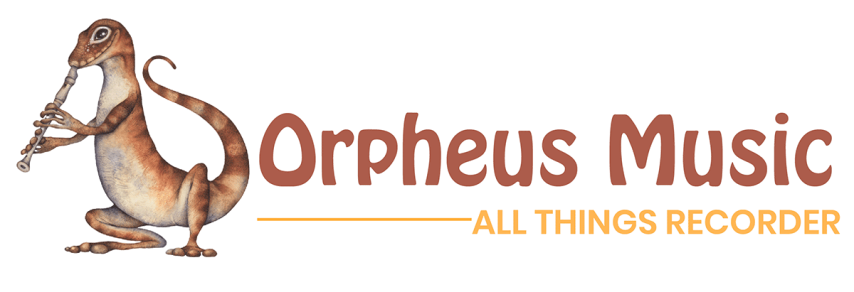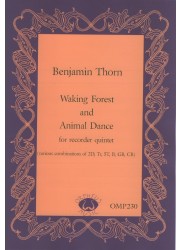No products
Prices are tax included
Tutor: BRENDAN ODONNELL
Aan de Amsterdamse Grachten – Schott arr. Leenhouts
S: CB, NH
A: JW, DH
T: BL, MY
B: RT
I would encourage you to practice this slowly...
Tutor: BRENDAN ODONNELL
Aan de Amsterdamse Grachten – Schott arr. Leenhouts
S: CB, NH
A: JW, DH
T: BL, MY
B: RT
I would encourage you to practice this slowly, thinking in quavers before increasing the tempo. Pay attention to the small details, such as the difference between a short trill and a regular trill as mentioned in the explanatory notes. On the subject of trills, remember that in contemporary music, the trill generally starts on the note, not from above! Also look out for the difference in notation of finger vibrato and “leaked” notes (the latter will also say “leak” in the part, but the symbol is very similar). A number of recordings are available on YouTube if you search the name of the piece and add “Leenhouts” to your search.
Waking Forest – Benjamin Thorn
T1: RT, MY
T2: BL
T3: JW
T4: NH
T5: CB, DH
At the beginning of the piece, think “mysterious” more than “quiet”, to keep the sound well-supported. Slow metronome practice will be your friend in the “slightly faster” section at bar 25! For those on the top line, it will be impressive if you can play two descants at once – and you should try it! – but don’t stress; we can always split the part if necessary. If it isn’t clear, the “play and sing” parts should be the same note sung and played, but switch octave if it doesn’t fit your voice.
Animal Dance – Benjamin Thorn
D: MY
T: NH
B: CB, JW
GB: DH
CB: RT, BL
This is all about rhythm! We want short, crisp staccatos, strongly articulated accents, and a real sense of skipping over dotted rhythms. Those on the third part (bass), look out for the instrument changes!Reference: OMP230.pdf
Brand: Orpheus Music
Waking Forest and Animal Dance
PLEASE NOTE - DOWNLOADABLE PDF VERSION
Composer: Thorn - Benjamin
Instrumentation: Descant - Treble - Tenor - Bass - Greatbass - Contrabass - various combinations
Period/genre: Australian Contemporary
Grade: Difficult
$20.00 $25.00 -20%Reduced price!In StockReference: OMP230
Brand: Orpheus Music
Waking Forest and Animal Dance
Composer: Thorn - Benjamin
Instrumentation: Descant - Treble - Tenor - Bass - Greatbass - Contrabass - various combinations
Period/genre: Australian Contemporary
Grade: Difficult
$25.00In Stock


